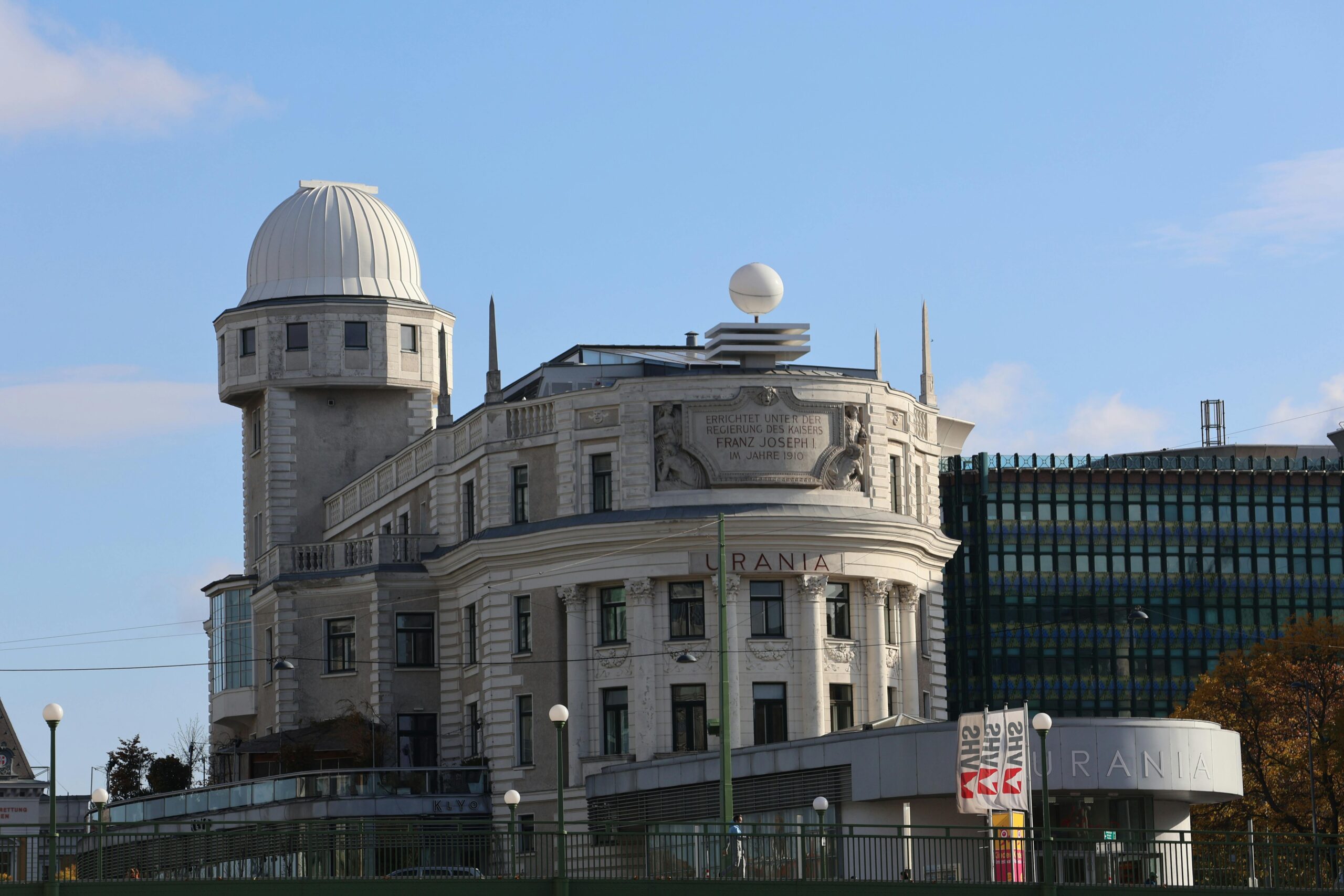Your body holds an incredible power to heal and regenerate itself through stem cells, the master builders of human tissue that can transform your health from the inside out.
🧬 Understanding the Science Behind Stem Cell Activation
Stem cells are undifferentiated cells with the remarkable ability to develop into many different cell types in the body. Unlike specialized cells that perform specific functions, stem cells serve as a repair system, continuously dividing to replenish other cells throughout your lifetime. When a stem cell divides, each new cell has the potential either to remain a stem cell or become another type of cell with a more specialized function, such as a muscle cell, a red blood cell, or a brain cell.
The concept of stem cell activation refers to strategies that encourage your body’s natural stem cells to become more active, proliferate more effectively, and differentiate into the specific cell types your body needs for optimal healing and regeneration. This process doesn’t involve injections or invasive procedures but rather leverages lifestyle modifications, nutritional interventions, and specific protocols that signal your body to unleash its regenerative potential.
Research has demonstrated that our bodies contain adult stem cells in various tissues, including bone marrow, blood, the brain, skeletal muscle, skin, teeth, heart, gut, liver, and even fat tissue. These stem cells remain dormant until they receive signals indicating tissue damage or the need for regeneration. Understanding how to activate these cells naturally can revolutionize your approach to health and longevity.
💪 The Foundation: Lifestyle Factors That Influence Stem Cell Function
Exercise and Physical Movement
Physical activity stands as one of the most powerful natural stem cell activators available. Studies have shown that both aerobic exercise and resistance training can significantly increase the mobilization of stem cells from bone marrow into the bloodstream. When you exercise, your body releases growth factors and cytokines that signal stem cells to leave their niches and circulate throughout the body, ready to repair damaged tissues.
High-intensity interval training (HIIT) appears particularly effective at stimulating stem cell production. Research indicates that just 20-30 minutes of HIIT performed three to four times per week can substantially increase stem cell counts. Additionally, resistance training promotes muscle stem cell activation, which is crucial for maintaining muscle mass and strength as you age.
Sleep Optimization for Cellular Regeneration
Quality sleep serves as your body’s primary regeneration window. During deep sleep stages, your body releases human growth hormone (HGH), which plays a vital role in stem cell activation and tissue repair. Chronic sleep deprivation has been linked to reduced stem cell function and accelerated aging.
To optimize sleep for stem cell activation, aim for 7-9 hours of quality sleep per night. Maintain a consistent sleep schedule, keep your bedroom cool and dark, and avoid blue light exposure at least two hours before bedtime. Consider implementing a wind-down routine that signals your body it’s time for cellular repair and regeneration.
🥗 Nutritional Protocols for Maximum Stem Cell Activation
Intermittent Fasting and Autophagy
Intermittent fasting has emerged as one of the most powerful dietary strategies for stem cell activation. When you fast, your body enters a state of autophagy, a cellular cleanup process where damaged proteins and organelles are broken down and recycled. This process not only clears cellular debris but also triggers stem cell regeneration.
Research published in Cell Stem Cell demonstrated that fasting for as little as 24 hours can dramatically increase stem cell function in the intestines. During fasting periods, stem cells switch from their normal growth state to a regenerative mode, making them more resilient and effective at tissue repair.
A practical approach to intermittent fasting for stem cell activation includes the 16:8 method, where you fast for 16 hours and eat within an 8-hour window. More experienced practitioners might try alternate-day fasting or the 5:2 diet, which involves eating normally for five days and restricting calories significantly for two non-consecutive days per week.
Stem Cell-Boosting Superfoods
Certain foods contain compounds that directly support stem cell proliferation and activation. Incorporating these foods into your daily diet can significantly enhance your body’s regenerative capacity:
- Blueberries and dark berries: Rich in antioxidants and polyphenols that protect stem cells from oxidative damage
- Spirulina: Contains phycocyanin, which has been shown to increase stem cell production
- Green tea: EGCG compounds support stem cell survival and function
- Turmeric: Curcumin activates stem cells and reduces inflammation that can impair their function
- Wild-caught fatty fish: Omega-3 fatty acids support stem cell membrane health
- Cruciferous vegetables: Sulforaphane in broccoli and Brussels sprouts activates protective pathways in stem cells
- Dark chocolate (85%+ cacao): Flavonoids support stem cell mobilization
Strategic Supplementation
While whole foods should form the foundation of any stem cell activation protocol, certain supplements have demonstrated significant benefits in clinical research. Vitamin D3 plays a crucial role in stem cell differentiation and immune regulation. Most people benefit from 2,000-5,000 IU daily, though testing your levels is essential for personalized dosing.
Resveratrol, found in grapes and red wine, activates sirtuins—proteins that regulate cellular health and longevity. Supplementing with 250-500mg of trans-resveratrol daily can support stem cell function. Omega-3 fatty acids, particularly EPA and DHA, maintain stem cell membrane integrity and reduce inflammatory signals that can impair regeneration.
🌡️ Environmental and Hormetic Stressors
Cold Exposure Therapy
Controlled cold exposure represents a powerful hormetic stressor—a beneficial stress that activates protective and regenerative mechanisms in your body. Cold exposure triggers the release of norepinephrine, which has been shown to mobilize stem cells and increase their regenerative capacity.
Start with cold showers, gradually decreasing the temperature over several weeks. Aim for 2-3 minutes of cold exposure at the end of your regular shower. More advanced practitioners might explore ice baths or cold plunge pools, maintaining water temperatures between 50-59°F for 10-15 minutes, 2-3 times per week.
Heat Stress and Sauna Therapy
Regular sauna use activates heat shock proteins (HSPs), which protect cells from stress and support stem cell survival. Finnish sauna research has demonstrated that frequent sauna sessions can reduce all-cause mortality and support cardiovascular health, partly through enhanced stem cell function.
For stem cell activation benefits, aim for 15-20 minute sauna sessions at 170-185°F, 3-4 times per week. Always stay hydrated and listen to your body. The combination of heat stress followed by cold exposure creates an even more powerful stimulus for stem cell activation.
🧘 Mind-Body Practices for Cellular Optimization
Stress Reduction and Cortisol Management
Chronic stress and elevated cortisol levels significantly impair stem cell function and regeneration. Research has shown that meditation, deep breathing exercises, and mindfulness practices can reduce cortisol levels and create a more favorable environment for stem cell activation.
Implement a daily meditation practice of at least 10-20 minutes. Techniques like breathwork, particularly coherent breathing at a rate of 5-6 breaths per minute, activate the parasympathetic nervous system and shift your body into a regenerative state. Yoga combines movement, breathwork, and meditation, offering a comprehensive approach to stress reduction and cellular health.
Biohacking Technologies
Emerging technologies offer additional tools for stem cell activation. Red and near-infrared light therapy (photobiomodulation) has demonstrated the ability to enhance mitochondrial function in stem cells, improving their energy production and regenerative capacity. Exposing areas of your body to red light (660nm) or near-infrared light (850nm) for 10-20 minutes daily can support cellular health.
Pulsed electromagnetic field (PEMF) therapy creates low-frequency electromagnetic fields that can influence cellular behavior. Research suggests PEMF can enhance stem cell proliferation and differentiation. While professional PEMF devices can be expensive, consumer-grade options are becoming more accessible for home use.
📊 Tracking Your Stem Cell Activation Progress
Measuring the effectiveness of your stem cell activation protocol requires attention to both objective and subjective markers. While direct stem cell counting requires specialized medical testing, several accessible biomarkers can indicate improved regenerative capacity:
| Marker | What It Indicates | How to Track |
|---|---|---|
| Recovery Time | Faster healing from exercise and injuries | Monitor soreness duration and injury recovery |
| Inflammatory Markers | Reduced systemic inflammation | Blood tests for CRP and IL-6 |
| Energy Levels | Enhanced mitochondrial and cellular function | Daily energy journaling |
| Sleep Quality | Improved regenerative processes | Sleep tracking apps or devices |
| Physical Performance | Better muscle recovery and growth | Workout logs and strength measurements |
⚡ Creating Your Personalized Activation Protocol
The most effective stem cell activation strategy combines multiple approaches tailored to your individual circumstances, health status, and goals. Begin by assessing your current lifestyle and identifying areas where you can make the most significant impact. For most people, improving sleep quality and implementing intermittent fasting provide the foundation for enhanced stem cell function.
Build your protocol gradually, adding one or two interventions at a time to avoid overwhelm and allow your body to adapt. A beginner’s protocol might include daily exercise, 16:8 intermittent fasting, incorporating stem cell-supporting foods, and implementing a basic meditation practice. As you progress, add cold exposure, sauna therapy, and targeted supplementation.
Advanced practitioners might implement periodic prolonged fasting (24-72 hours monthly), combine multiple hormetic stressors, and use biohacking technologies. However, always prioritize consistency in basic practices over sporadic implementation of advanced techniques. The compounding effects of daily healthy habits far outweigh occasional intensive interventions.
🔬 The Future of Natural Stem Cell Activation
Research into stem cell biology continues to accelerate, revealing new pathways and mechanisms that we can leverage for health optimization. Emerging areas of investigation include the role of the gut microbiome in stem cell regulation, with evidence suggesting that certain probiotic strains may enhance stem cell function. The gut-brain axis appears to play a significant role in communicating regenerative signals throughout the body.
Senescent cell clearance, achieved through senolytics (compounds that selectively eliminate aged, dysfunctional cells), may create space and resources for stem cells to proliferate more effectively. Natural compounds like fisetin and quercetin show promise in this area, though research is still evolving.
Peptide therapy represents another frontier, with specific peptides like BPC-157 and TB-500 demonstrating remarkable regenerative properties in animal studies and early human trials. While more research is needed, these compounds may eventually become standard tools in stem cell activation protocols.

🎯 Maximizing Long-Term Regenerative Capacity
Sustaining optimal stem cell function throughout your lifetime requires a commitment to consistent healthy practices rather than short-term interventions. Your stem cells respond to the cumulative signals they receive from your environment, diet, stress levels, and lifestyle choices. Every positive choice you make deposits into your regenerative bank account, while poor choices create withdrawals.
Think of stem cell activation as a marathon, not a sprint. The protocols outlined here work synergistically over time, with benefits compounding as you maintain these practices. Many people report noticeable improvements in recovery, energy, and overall vitality within 4-8 weeks of implementing a comprehensive protocol, but the most profound benefits emerge over months and years.
Regular reassessment of your protocol ensures it continues meeting your evolving needs. As you age, you may need to intensify certain interventions or add new strategies to maintain optimal stem cell function. Stay informed about emerging research, remain flexible in your approach, and listen to the feedback your body provides.
By embracing these natural stem cell activation protocols, you’re not just optimizing your health today—you’re investing in your body’s regenerative capacity for decades to come. Your stem cells hold the key to unlocking vitality, resilience, and healing potential that many people never realize exists within them. The power to transform your health lies not in expensive treatments or pharmaceutical interventions, but in the daily choices that signal your body to activate its innate healing wisdom. Start today, remain consistent, and watch as your body reveals its remarkable capacity for regeneration and renewal. 🌟
Toni Santos is a longevity writer and regenerative medicine researcher dedicated to exploring how biology, technology, and ethics can extend healthspan. With a focus on cellular repair and anti-aging biotechnology, Toni examines how next-generation therapies translate lab breakthroughs into real-world vitality. Fascinated by stem cell science, telomere dynamics, and systems biology, Toni’s journey bridges research reviews, expert interviews, and clear public communication. Each article he shares aims to separate evidence from hype—helping readers understand what’s promising, what’s premature, and what truly supports long-term health. Blending molecular biology, clinical insight, and accessible storytelling, Toni investigates interventions that target the root drivers of aging. His work honors responsible innovation—prioritizing safety, transparency, and human wellbeing in the pursuit of extended healthspan. His work is a tribute to: Anti-aging biotechnology grounded in rigorous evidence Cellular rejuvenation pathways that restore function and resilience Stem cell and telomere research advancing ethical longevity care Whether you’re a clinician, researcher, or health enthusiast, Toni Santos invites you to explore the frontiers of regeneration—one discovery, one mechanism, one healthier year at a time.




